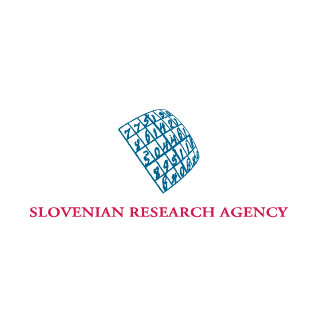Projects
The purpose of the investment project BTH-NIB is the assurance of the appropriate infrastructural conditions for the use of research and developmental opportunities in the fields of operation of the NIB.
Play Video About project Publication
Molecular bases of interactions among the grapevine and phytoplasmal causing agents of the grapevine yellows diseases
Project coordinator: PhD Marina Dermastia
Code: J1-7151
Duration: 1. 1. 2016 - 31. 12. 2018
The authors acknowledge the project J1-7151 was financially supported by the Slovenian Research Agency.
Abstract
The overall goal of the project is to significantly improve our understanding of the molecular interaction between grapevine and phytoplasmas as the causal agents of grapevine yellows diseases (GYs). This will be achieved by the integration of research approaches of the Slovenian and Austrian teams and with the support of world leading teams in research fields of plant physiology and phytoplasmas – still very poorly explored phytopathogenic bacteria from the Mollicutes class. Here we will perform a comprehensive molecular study in which we will use natural and model experimental systems and innovative data analysis for identification of the key components of plant responses to infection with these highly adapted bacteria. Besides high scientific value of expected results, they will also be directly applicable to viticulture practices for managing GYs.
Europe is the world’s main producer and exporter of grapevine planting material and wine. This very important sector for Slovene and Austrian economy is facing epidemic threats of several GYs caused by taxonomically unrelated phytoplasmas. In Europe, the main GYs are the widespread “bois noir” associated with the presence of ‘Candidatus Phytoplasma solani’ (BNp) from the ribosomal group 16SrXII-A and “flavescence dorée”, associated with the presence of quarantine phytoplasmas belonging to 16SrV (FDp). BN became one of the most important grapevine diseases, with the infection rates reaching 50–80% in some areas during the last 15 years. In addition, because BNp causes the same symptoms on the grapevine as FDp, presumably by similar mechanisms, we will use it as a working model to avoid research problems associated with the quarantine status of FDp.
We propose to characterize the current wave of BN disease in Austria and Slovenia by evaluating the infection rate and strain composition in BNp insect vectors, alternative weed hosts and grapevine. Characterization of the strain composition will be evaluated by marker genes and strains will be transferred to grapevine and to a model plant for phytoplasma research – Catharanthus roseus – to extend the already existing collection of different epidemiological relevant BNp strains in C. roseus. A similar collection in C. roseus will be also established for FDp strains. For the transfers we will focus on insect vectors, grafting techniques and phytoplasma enrichments. Based on the first step in cultivation of phytoplasmas achieved by members of the proposed team, molecularly characterized BNp and FDp strains will be used for isolation in axenic cultures and the obtained isolates will then be used in re-infection trials.
To gain knowledge on the overall strain variability of BNp in Slovenia and Austria, samples of grapevine and C. roseus infected with different strains will be sequenced. The next generation sequencing will give the basis for comparative genomics of a group of closely related strains showing different disease symptoms in C. roseus and also allow the establishment of an effector catalogue of closely related phytoplasmas occurring in prevalent strains and strains inducing different disease symptoms. The expression of potential effectors and small non-coding RNAs will be evaluated by comparative analysis in planta. Selection of candidate phytoplasma and plant genes with potential influence on disease development will be driven after studies on expression analysis and plant responses using functional analysis approach of agroinfiltration of grapevine leaves and subsequent analysis of metabolites associated with phytoplasma diseases. Moreover, stable transformations with selected bacterial effectors and plant genes will be evaluated for their phenotype and gene expression for the ultimate aim to characterize the interaction and attack points of phytoplasmas in plants.
All results will be exploited for construction of an improved model of the phytoplasma/host system and analysis thereof.
Researchers - link to database SICRIS
Information about the project - link to database SICRIS
Project official side on -http://projects.nib.si/ingrapa/.


 Scope of NIB's accreditation is given in the Annex to the accreditation certificate and in the List of accredited methods for detection of GMOs and microorganisms – plant pathogens
Scope of NIB's accreditation is given in the Annex to the accreditation certificate and in the List of accredited methods for detection of GMOs and microorganisms – plant pathogens 
